ATF Approves 3D-Printed Polymer AR-15 Lower by Forerunner 3D Printing

Additive Manufacturing, or 3D Printing, is becoming more and more commonplace in the firearms world. From cheap home-brew solutions to advanced industrial manufacturing of silencers, AM is found across a large spectrum. Forerunner 3D Printing brings to the table a new development: legally serialized polymer 3D printed receivers.
More Firearms 3D Printing @ TFB:
ATF Approves 3D-Printed Polymer AR-15 Lower by Forerunner 3D Printing
We’ve already seen Forerunner 3D Printing’s work in the printing and testing of an MJF-printed suppressor. The HP MJF printers employed in that (and this) case, are industrial manufacturing equipment using a powdered polymer (generally a close relative to Nylon) and capable of producing hundreds of parts per build.
This technology, similar to Selective Laser Sintering, is getting increasingly adopted by different industries and we’ve already reported a few times about its use in the manufacturing of firearms accessories. Some examples are these upgrades for the Springfield Hellion or these accessories for the Tavor, without forgetting NODs housings.
The closest thing to a firearm, but not legally one, that we’ve seen manufactured with this technology is likely the MP-57 Chassis for the Ruger 57. However, to our knowledge, no polymer 3D printing technology has been used so far to legally manufacture serialized firearms / lower receivers. And since not all firearms can benefit from a removable, serialized, fire control unit, it’s great that this option is becoming available.
Forerunner 3D Printing Ar-15 with fully printed and serialized lower; detail showing the clear markings, the peculiar grip, and the window exposing the S/N.
Paul DeWys, owner of Forerunner 3D Printing, shared the achievement of the ATF approval in the following video.
We got in touch with Paul and asked him a few questions:
Q: Can you share what the achievement of the ATF approval means and which challenges it solves for you and your customers?
A: “This approval by ATF means that we can serialize and transfer a polymer 3DP receiver. Firearms manufacturers are always hesitant to get serialized parts printed in plastic since they are not sure if the ATF will eventually determine it not to be allowed and now they have an illegal firearm. By having this letter we can 100% guarantee our customers that what we are building and transferring to them is approved by ATF and there is no legal gray area.”
Q: Do you see this opening up the possibility of small-volume manufacturing of firearms via MJF or do you think this is limited to prototyping?
A: “We already do low volume manufacturing of thousands of firearms parts and accessories every year. If a serialized receiver were to come to us from a customer that would make sense to run in production using 3D Printing we would be open to considering it. But for the most part, we see demand for this from OEMs who are doing R&D / prototyping since it is a plastic component and will have a shorter lifespan than a metal part.”
Q: How durable do you expect receivers made by MJF to be? Have you done any destructive testing like you did with the suppressor?
A: “Its durable, but still is a plastic part, in all the cases we have tested using printed AR-15 lowers you will see failure between the 5,000-8,000rd mark. But that makes it perfect for prototyping.
Early design testing/failures:
Fully developed design that holds up to thousands of rounds: “
Q: Do you see polymer AM growing in the industrial manufacturing of firearms?
A: “It’s a huge area of growth for us, there are more and more companies turning to polymer additive for their firearms accessories all the time. It’s perfect for startups since there is no tooling cost and they are really only limited by their creativity as to what they can manufacture.”
Conclusions
While polymer 3D printing and serialization of firearms are frequently seen as opposites, from an industrial perspective, this approval from the ATF can offer benefits to the customers. Startups may gain the possibility of bringing to market products faster and at a better price point than before. Some would scoff at a part life of a few thousand rounds, but while that may be the ceiling for AR-15 receivers, there are good chances that designs born to employ this technology and materials could fare considerably better.
What do you, TFB readers, think? Would you consider a polymer 3D-printed receiver? Do you think that ultimately the market won’t even care about the manufacturing method?
All images from the Forerunner 3D Printing website.

Italian firearm enthusiast, Giorgio has a passion for innovative or plainly unusual mechanical solutions. He's also interested in manufacturing technologies with a recent focus on additive manufacturing.You can contact him at giorgio_o at zoho dot com and you'll find him in the comments section as Giolli Joker.
More by Giorgio O






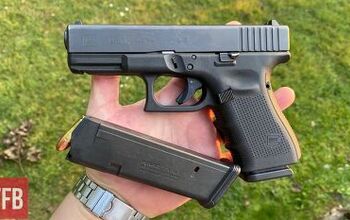
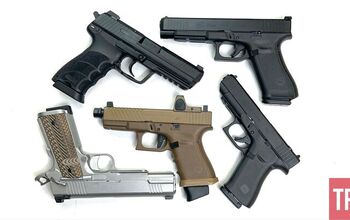
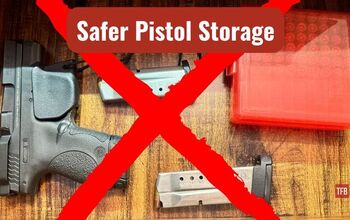
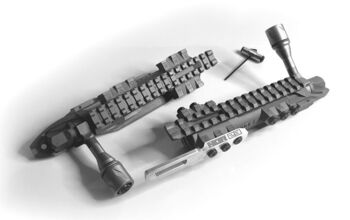
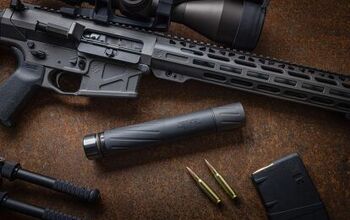
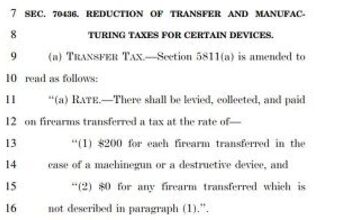
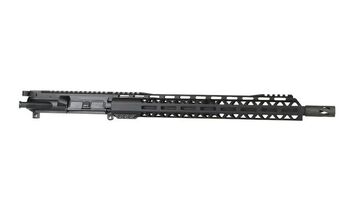
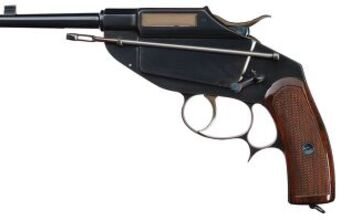


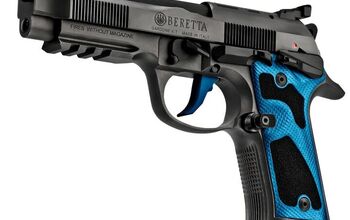


![[IDEF 2025] UPM 200 Heavy Machine Gun From Kazakhstan](https://cdn-fastly.thefirearmblog.com/media/2025/08/05/12361/idef-2025-upm-200-heavy-machine-gun-from-kazakhstan.jpg?size=350x220)
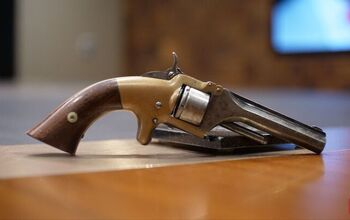
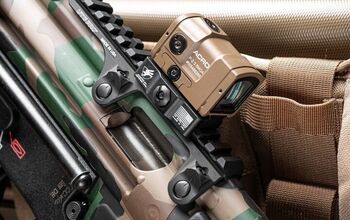


Comments
Join the conversation
The people winging about the atf letter meaning nothing are missing a big point: this doesnt circumvent any part of the NFA, which is something bump stocks and pistol braces did do. The atf has no logical reason to reverse their decision on this.
How long will we have to wait before the ENTIRE NFA is scrapped as un-constitutional,?
When that happens, WHAT WILL HAPPEN TO THE EXISTING ILLEGAL RECORDS ? They won't evaporate instantly, somebody, SOMEWHERE will still have those records.
Be afraid........be alert !